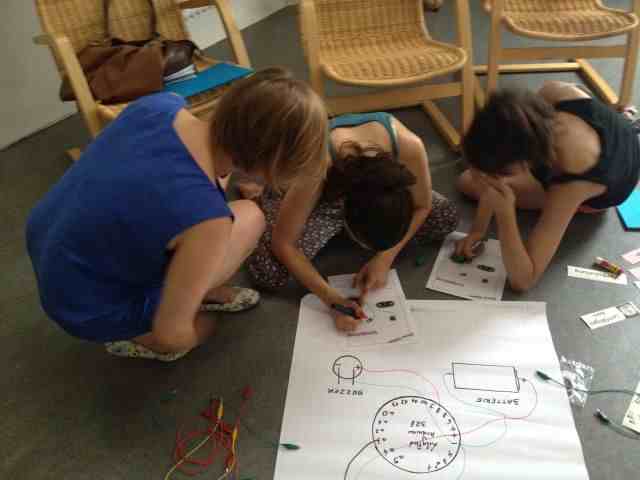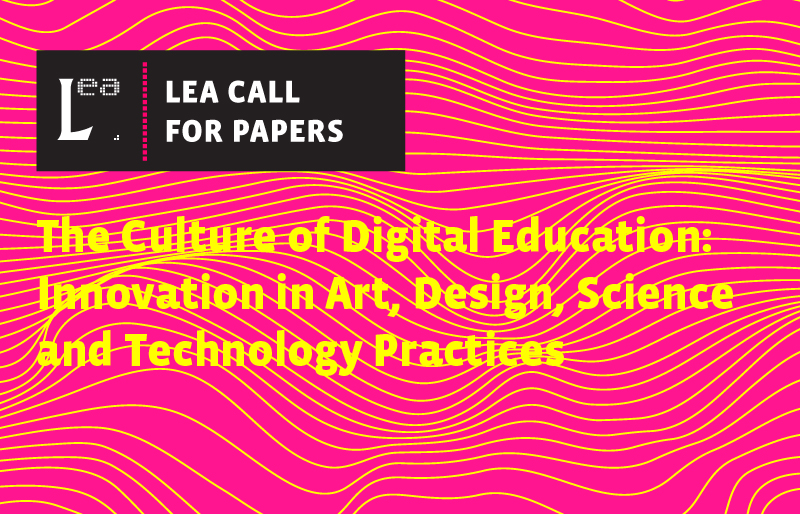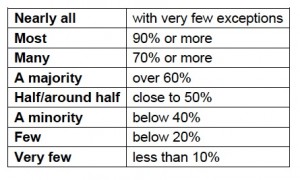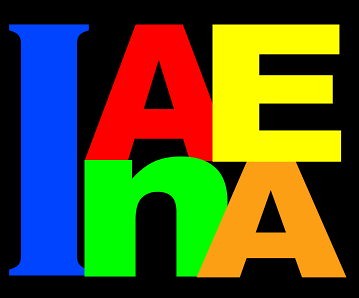
This year’s Leonardo@Ars Electronica 2010 symposium focuses on the dual issues of interdisciplinary research in art, design, science and technology as well as relevant models of PhD degree studies. It is organized as a public event for media and art educators, teachers and researchers to take place on September 6 at the University of Art and Industrial Design, Hauptplatz 8, 4020 Linz, A&B rooms (see here for venue). The symposium is coordinated by Nina Czegledy, Leonardo/ISAST and Dr. Daniela Reimann, KIT, in collaboration with Prof. Dr. Angelika Plank, University of Art and Industrial Design, Linz and in conjunction with Ars Electronica. Please find below the preliminary program:
10.00
Welcome. Prof. Dr. Angelika Plank, Head Departments of Art Education and interim of Media Design /Teacher Training Program, University of Art and Industrial Design, Linz
10.15
Greetings: Representative of the Federal Ministry of Education, Arts and Culture
10.30
Welcome: Nina Czegledy on behalf of Leonardo/ISAST
10.40
Introduction: Educational research and new models of knowledge transfer.
Nina Czegledy, KMDI University of Toronto, Concordia University Montreal
11.00 DI Christopher Lindinger, Ars Electronica Futurelab, Visiting Professor Media Design/Teacher Training Program, University of Art and Industrial Design, Linz Future Elevation
11.30 Dr. Daniela Reimann, Karlsruhe Institute of Technology KIT, Institute of Vocational and General Education, KIT-focus “Humans and Technology”, researcher, and consultant of the Media Design/Teacher Training Program, University of Art and Industrial Design Linz:
Crossing the borders of arts, science and technology in education
12:00 Prof. Dr. Jillian Scott, Head Head, Karmen Franinovic, The Zürich Node of
Plymouth University in the Institute of Cultural Studies, Zürich University of the Arts
– www.z-node.net
12.30 Lunch Break
13.30 Dr. Lanfranco Aceti, Associate Professor, Contemporary Art & Digital Culture Sabanci University, Istanbul, Artistic Director and Lead Curator ISEA2011, Istanbul:
Transmediation of content and people across disciplines: The challenges of hybrid teaching and Hybrid Students.
14.00 Karen Lancel, artist and educator, HKU Utrecht, Academy Minerva, Groningen
currently developing a policy paper on practice based PhD studies. New parameters
for an online practice based phd.Case study: TELE TRUST
14.30 Michael John Gorman, Founding Director of Science Gallery at Trinity College Dublin:
The Art-Science Interface and the public face of the research university: Lessons from the first two years of Science Gallery at Trinity College Dublin”
15.00 Open discussion.
15.30 Closing Remarks
16.30 end of session
Symposium Abstract
An increasing need is manifested to develop new curricula informing innovative qualifications, new job profiles in the field of media design research and education, that is design inspired research, and design strategies including a research approach.
Working towards a sustainable convergence between educational research in design, science and technology remains a burning issue. The introduction of new forms of art practice and design at the intersection of media, arts, science and technology requires the introduction and application of distinguished qualification for educators. Yet in several European countries PhD degrees are not yet available in media arts and interdisciplinary studies.
What kind of new art genres are being developed by artists’ creative use of mixed media technologies, visual culture and communities and what is their impact on education? How is design research and education being embedded in the new modular curricula structures? What are the most effective elements of curricula to educate artists as well as art teachers for the future? Media design today is not only a means for research, but also an overall approach towards research shaping new possibilities opening up through design, design research (Laurel, 2004) as well as learning through (game) design (Kafai, 1994). The artistic aspects of interaction have been gradually explored and implemented within the framework of Interface Culture by Sommerer and Mignonneau (2008). An emerging tendency towards research orientation can be also observed as a broader trend in the field of arts and design. Interactive media art is blurring disciplines and has been reflected as a means to trigger and inspire creative processes in education (Reimann, 2006). The tool of design as social intervention is also becoming a hot topic for scholarly research as well as applied studies.
The changing media and art education institutions require an interactive debate on the conditions and evaluation criteria for developing new models for institutional networks and qualifications that allow implementing the media arts across curricula structures. Thus the symposium investigates through international presenters and open discussion the increasingly important issues of interdisciplinary research and higher teaching qualifications, including the initial art and design teacher training programs.
Aims and objectives:
To inspire an open discussion by educators and the public on burning issues towards developing an international dialogue.
For updates please access the Ars Electronica Web site here or the Web site of the Media Design Teacher Training @ the University of Art and Industrial Design for program details.
Please find the Web site of Ars 2010 here at:













